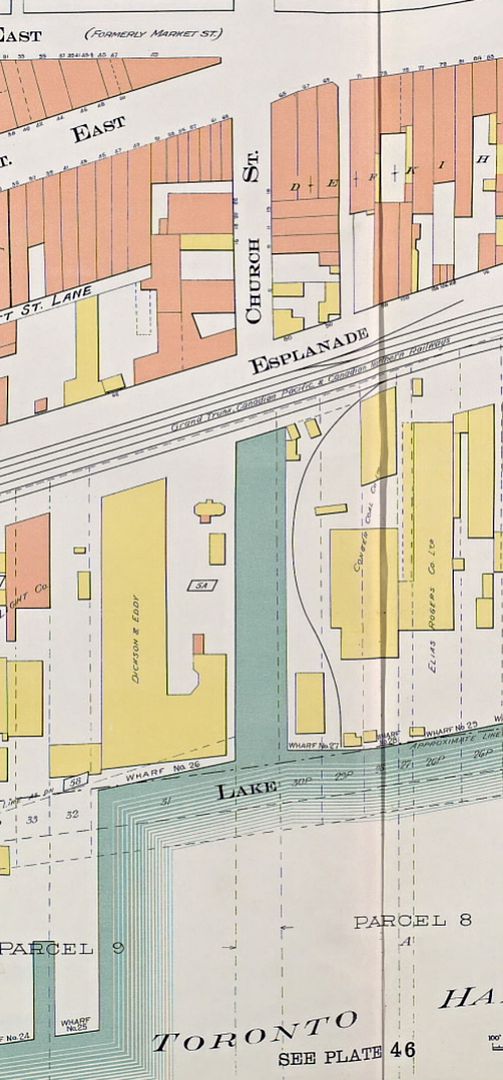Goldie
Senior Member
Nice pic, Goldie! Here's another one, from 1927, showing the tracks along the Esplanade being relocated for the "new" Union Station:
View attachment 30342
It'd be nice to have a "Now" from that angle. Where's that 'drone' when we need it?
Here's something regarding the upcoming anniversary of WWI:


















